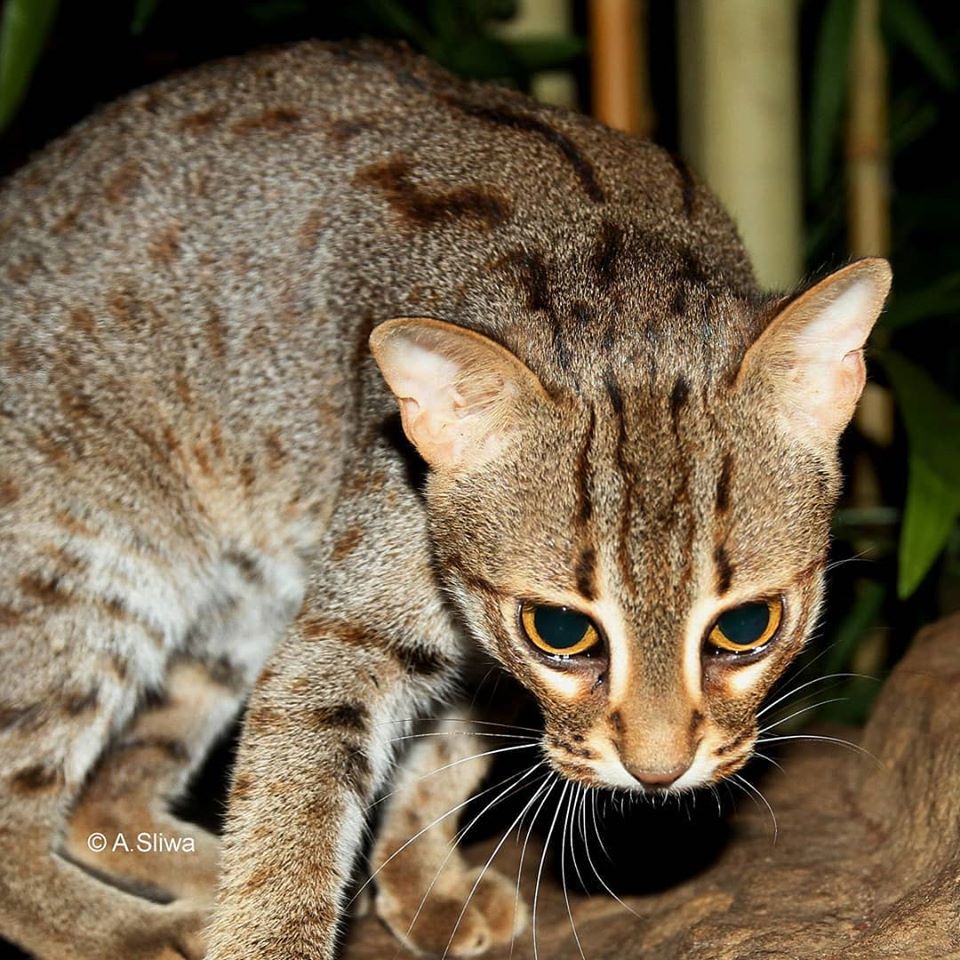Sand Cat Habitat Needs

It prefers areas of sparse vegetation mixed with sandy and rocky areas which supports rodent and small bird prey.
Sand cat habitat needs. Prey capture is facilitated by the sand cats highly sensitive ears which are large and triangular and capable of detecting noises from animals both above and below the surface of the sand. Its 57 cm short ears are set low on the sides of the head aiding detection of prey moving underground. However some diurnal activity in Arabia was recorded especially in winter when conditions were cooler.
They are considered opportunistic feeders that take what they can find in their barren habitat. The saharan sand cat is patchily distributed in desert areas of morocco algeria niger and egypt. Masters of evasion with coats the same color as the desert sands.
The sand cat is mainly nocturnal and strictly hunts in the night. The sand cat is the only felid found primarily in true deserts. They are sand-dwelling inhabiting dry plains and rocky valleys where conditions are extreme.
The sand cat is one of many endangered species that are being breed in captivity. Its foot pads are covered with thick hair. Bunaian et al 1998.
2003 and this factor continues to. Their prey provides most of the fluids they need to survive in arid habitat. And in parts of central Asia.
Habitat of the sand cat. They are found near the patches of sparse vegetation that can support their prey species and the cats have special adaptations to survive in the extreme desert conditions. Sand cats live exclusively in desert regions.



















